Ancient MesoAmerica News Updates 2008, No. 31: Collection of Stolen Artifacts Returned to Mexico [UPDATED April 9, 2008]
On March 12, 2008, I reported at Maya News Updates (2008, No. 14) on the return of a large collection of Prehispanic objects from the United States to Honduras, which originated from the island of Roatan. Recently a large collection of illegally excavated and smuggled Precolumbian artifacts was returned to Mexico, as was reported by The Dallas Morning News on Wednesday April 2, 2008. The collection, largely containing objects that have seized by US customs, includes objects from many of the culturally important areas in Mexico, including the Zapotec and Olmec areas (edited by AMaNU):
Smuggled artifacts stored in Dallas customs vaults returned to Mexico - A treasure-trove of about 100 artifacts, believed to be pre-Columbian, is on its way to Mexico, its presumed home, U.S. customs agents and Mexican diplomats said Tuesday.
Among the antiquities is a stone mask of a broad-featured man, which is believed to come from the Olmec civilization, the oldest in the Americas, and it dates as far back as 1000 BC, experts said. Other items include figurines in jadeite, precious stones symbolically linked to fertility for the people of ancient Mesoamerica and once valued more than gold.
"We're so very happy about the return of these pieces," said Eduardo Rea Falcón, the consul in charge for Mexico's diplomatic post in Dallas. "It is unfortunate that through looting and robbing, these items fell into private hands." But when the experts at Mexico's National Institute for Anthropology and History unpack the goods, they may unravel far more significant mysteries, as authentication deepens, he said. "They may find something of incalculable value," Mr. Rea said.
Equally mysterious is the trajectory of the smuggled artifacts into the Dallas vaults of U.S. Customs and Border Protection. The goods represent several seizures in Texas and New Mexico, including an initial seizure in 2001, said Carlos Fontanez, a CBP spokesman in the Houston office. But Mr. Fontanez gave few details to the whodunit tale. No one has been charged with smuggling the goods into the U.S., he said, though it is illegal to traffic in antiquities under U.S. law. Since 1827, Mexico has prohibited the exportation of archaeological items.
Some of the seizures were made by the Department of Homeland Security's Immigration and Customs Enforcement. It has recently returned cultural antiquities such as a 2,300 year-old vase from Italy seized at the Getty Museum, and an entire 16th-century Mexican altar seized in Santa Fe, N.M., according to ICE news releases.
Mexico has long been an archaeologists' paradise. But the sleuths of civilizations past warn that Mexico is rife with those who make replicas of items and attempt to pass them off as authentic. Looting inspires intense condemnation. "As archaeologists, we strongly hold that looted artifacts should not be allowed to be imported into the United States, and we celebrate the interdiction of such artifacts by U.S. Customs," said David Freidel, a professor in the Anthropology Department of Southern Methodist University. "Mexico is very richly blessed with extraordinary pre-Columbian art... highly coveted by private collectors who are ready to purchase from unscrupulous dealers. It is a terrible problem."
Shown slides provided by U.S. Customs, Dr. Freidel said he believed the mask was probably Olmec, but he questioned whether some of the artifacts were from Mexico, or Central America. A spokesman at Mexico's Institute of Archaeology and History noted that no Mexican archaeologist has physically seen the pieces and they still need to be verified.
Robert Drolet, an archaeologist with the Corpus Christi Museum of Science and History, said he surveyed about a dozen items in 2001, when the first seizure was made. Only three were Mexican and all were memorable, he said. They included the stone mask, which has etchings on the cheeks – a sign of an early Olmec writing system – and he identified a crawling baby and a cupped hand, rendered in jadeite. All came from the Olmec civilization, whose territory is now largely Veracruz and Tabasco .
"It is a remarkable collection," Dr. Drolet said. They are fantastic museum pieces. It would have been nice to have some sort of information about how the person it was seized from got it. ...Many of those Olmec artifacts must have come from monumental art sites." Dr. Drolet said he was baffled by the delay in returning the objects to Mexico, which he was told were seized in South Texas.
Part of the delay in the return of the items came from the authentication of the goods, said Mr. Rea, the Mexican consul. And the diplomat estimated that the repatriation of the cultural treasures was one of the largest ever for the Mexican government. Mr. Fontanez acknowledged the delay in the return of the goods stemmed from the authentication process. "When someone brings an artifact in, someone has to determine that this is the original stuff," he said. Among the "original stuff" are bows with arrows, sandals, textiles and funerary urns. "We don't doubt that there are pieces that are full of surprises," Mr. Rea said (written by Dianne Solís, with a contribution by Javier García; source The Dallas Morning News).
Among the antiquities is a stone mask of a broad-featured man, which is believed to come from the Olmec civilization, the oldest in the Americas, and it dates as far back as 1000 BC, experts said. Other items include figurines in jadeite, precious stones symbolically linked to fertility for the people of ancient Mesoamerica and once valued more than gold.
"We're so very happy about the return of these pieces," said Eduardo Rea Falcón, the consul in charge for Mexico's diplomatic post in Dallas. "It is unfortunate that through looting and robbing, these items fell into private hands." But when the experts at Mexico's National Institute for Anthropology and History unpack the goods, they may unravel far more significant mysteries, as authentication deepens, he said. "They may find something of incalculable value," Mr. Rea said.
Equally mysterious is the trajectory of the smuggled artifacts into the Dallas vaults of U.S. Customs and Border Protection. The goods represent several seizures in Texas and New Mexico, including an initial seizure in 2001, said Carlos Fontanez, a CBP spokesman in the Houston office. But Mr. Fontanez gave few details to the whodunit tale. No one has been charged with smuggling the goods into the U.S., he said, though it is illegal to traffic in antiquities under U.S. law. Since 1827, Mexico has prohibited the exportation of archaeological items.
Some of the seizures were made by the Department of Homeland Security's Immigration and Customs Enforcement. It has recently returned cultural antiquities such as a 2,300 year-old vase from Italy seized at the Getty Museum, and an entire 16th-century Mexican altar seized in Santa Fe, N.M., according to ICE news releases.
Mexico has long been an archaeologists' paradise. But the sleuths of civilizations past warn that Mexico is rife with those who make replicas of items and attempt to pass them off as authentic. Looting inspires intense condemnation. "As archaeologists, we strongly hold that looted artifacts should not be allowed to be imported into the United States, and we celebrate the interdiction of such artifacts by U.S. Customs," said David Freidel, a professor in the Anthropology Department of Southern Methodist University. "Mexico is very richly blessed with extraordinary pre-Columbian art... highly coveted by private collectors who are ready to purchase from unscrupulous dealers. It is a terrible problem."
Shown slides provided by U.S. Customs, Dr. Freidel said he believed the mask was probably Olmec, but he questioned whether some of the artifacts were from Mexico, or Central America. A spokesman at Mexico's Institute of Archaeology and History noted that no Mexican archaeologist has physically seen the pieces and they still need to be verified.
Robert Drolet, an archaeologist with the Corpus Christi Museum of Science and History, said he surveyed about a dozen items in 2001, when the first seizure was made. Only three were Mexican and all were memorable, he said. They included the stone mask, which has etchings on the cheeks – a sign of an early Olmec writing system – and he identified a crawling baby and a cupped hand, rendered in jadeite. All came from the Olmec civilization, whose territory is now largely Veracruz and Tabasco .
"It is a remarkable collection," Dr. Drolet said. They are fantastic museum pieces. It would have been nice to have some sort of information about how the person it was seized from got it. ...Many of those Olmec artifacts must have come from monumental art sites." Dr. Drolet said he was baffled by the delay in returning the objects to Mexico, which he was told were seized in South Texas.
Part of the delay in the return of the items came from the authentication of the goods, said Mr. Rea, the Mexican consul. And the diplomat estimated that the repatriation of the cultural treasures was one of the largest ever for the Mexican government. Mr. Fontanez acknowledged the delay in the return of the goods stemmed from the authentication process. "When someone brings an artifact in, someone has to determine that this is the original stuff," he said. Among the "original stuff" are bows with arrows, sandals, textiles and funerary urns. "We don't doubt that there are pieces that are full of surprises," Mr. Rea said (written by Dianne Solís, with a contribution by Javier García; source The Dallas Morning News).
Today, Wednesday, April 9, 2008, the online edition of the daily Mexican newspaper La Jornada reported on the return of the archaeological objects to Mexico (edited by AMaNU):
México recibe vestigios decomisados en Dallas, Texas - Un lote de aproximadamente 100 piezas arqueológicas decomisadas en 2001, en el Aeropuerto de Dallas, Texas, reportadas al Instituto Nacional de Antropología e Historia (INAH) hasta 2007, están de regreso a nuestro país, comentó Alfonso de Maria y Campos, titular del organismo.
Este martes 8 de abril, el funcionario –junto con la arqueóloga Laura Pescador– recibió dicho lote en las instalaciones de la Secretaría de Relaciones Exteriores. Entre las piezas se encuentran “fragmentos de textiles, cestería, céramica y algunos artefactos para pesca y caza, así como algunas ar-queológicas”, dijo De Maria.
La importancia de este material, explicó Pescador, “radica en que muy pocas veces, por el clima, se llega a conservar. Es una colección de materiales perecederos muy difícil de recuperar”. De acuerdo con el dictamen de los especialistas, “la mayoría de las piezas son originarias del norte del país” (written by Carlos Paul; source La Jornada).
Este martes 8 de abril, el funcionario –junto con la arqueóloga Laura Pescador– recibió dicho lote en las instalaciones de la Secretaría de Relaciones Exteriores. Entre las piezas se encuentran “fragmentos de textiles, cestería, céramica y algunos artefactos para pesca y caza, así como algunas ar-queológicas”, dijo De Maria.
La importancia de este material, explicó Pescador, “radica en que muy pocas veces, por el clima, se llega a conservar. Es una colección de materiales perecederos muy difícil de recuperar”. De acuerdo con el dictamen de los especialistas, “la mayoría de las piezas son originarias del norte del país” (written by Carlos Paul; source La Jornada).




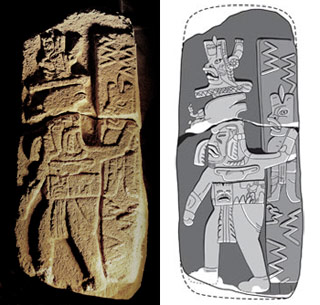




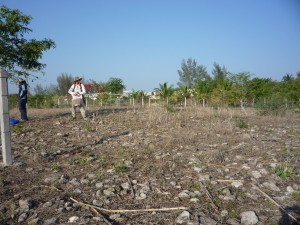



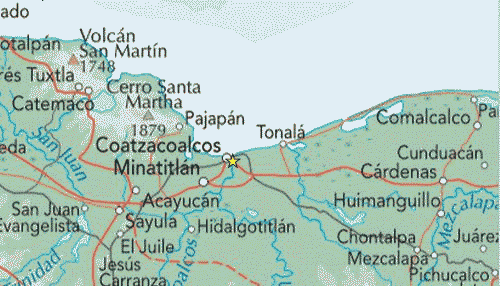




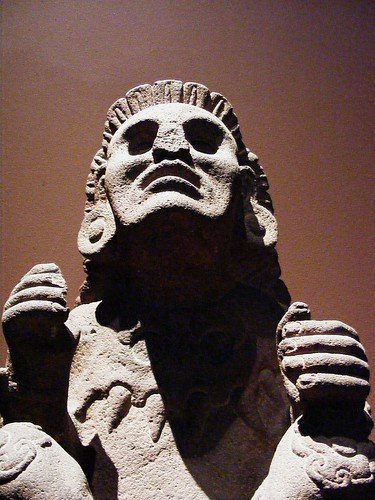






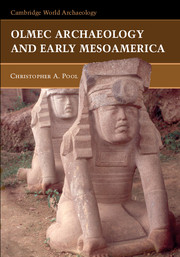






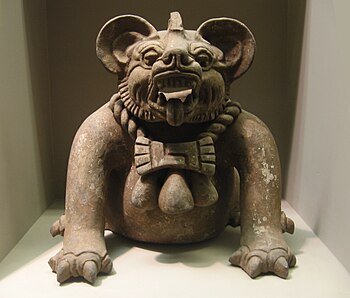

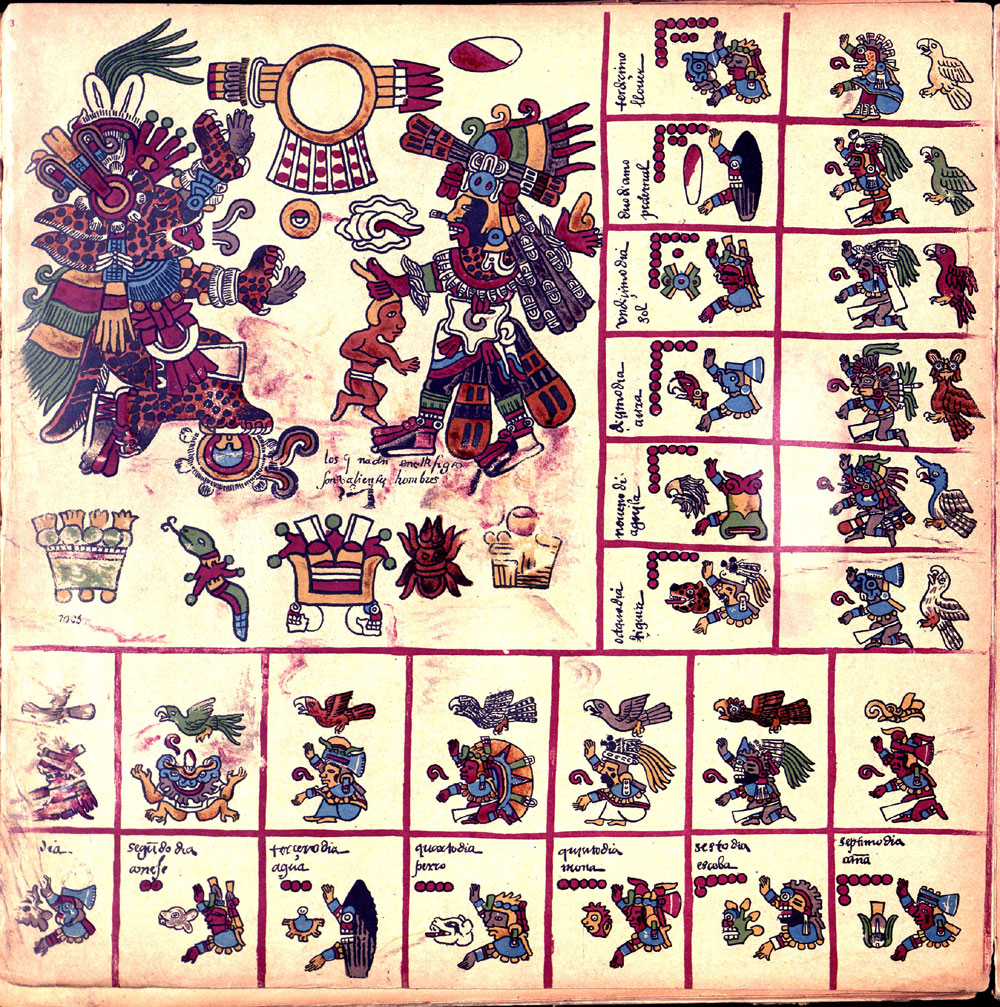

0 Comments:
Post a Comment
Subscribe to Post Comments [Atom]
<< Home